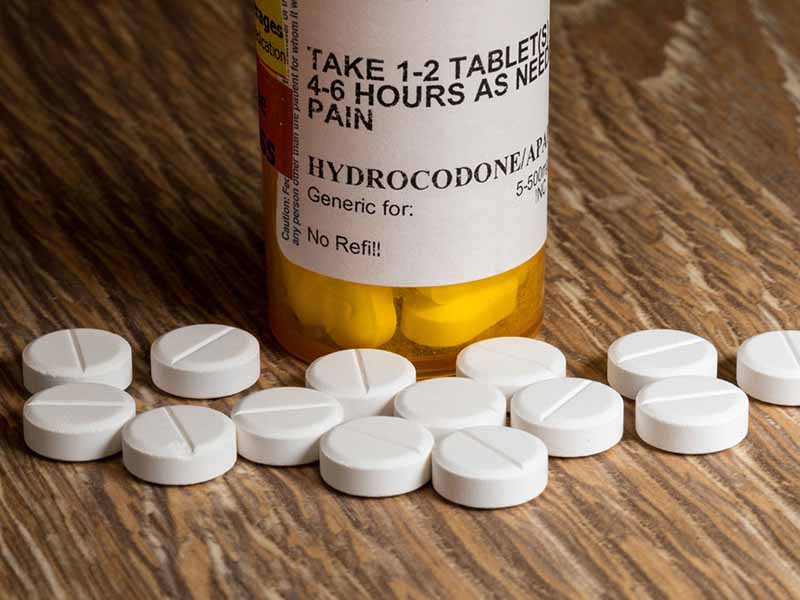CDC Clarifies Opioid Guideline Dosage Thresholds
January 12, 2018, 03:31 pm News Staff — On March 15, 2016, the CDC issued its final Guideline for Prescribing Opioids for Chronic Pain -- United States, 2016. The guideline is specifically intended for use by primary care health professionals who are treating patients with chronic pain (i.e., pain lasting longer than three months or past the time of normal tissue healing) in outpatient settings.

However, there's been recent concern that when implementing the guideline, some health care professionals may have applied the guideline's dosing protocol -- which lays out what the agency considers to be appropriate thresholds for initiating and titrating opioid dosages as calculated by conversion to morphine milligram equivalents per day (MME/day) -- to buprenorphine used to treat substance use disorder.
The CDC guideline explicitly stated that the dosage thresholds provided pertain solely to opioids used to treat chronic pain: "The recommendations are not intended to provide guidance on use of opioids as part of medication-assisted treatment for opioid use disorder."
The agency sent a letter to the American Society of Addiction Medicine on Jan. 4 to further clarify this distinction.
Signed by Debra Houry, M.D., M.P.H., director of the CDC's National Center for Injury Prevention and Control, the letter said the opioid guideline is part of a comprehensive approach to addressing the opioid overdose epidemic and is "one step toward more appropriate prescribing of opioids, while ensuring that patients with chronic pain receive safer and more effective pain management."
The letter said the CDC has made several statements in guideline translational materials, presentations and on the agency's website, seeking to clarify that the guideline's thresholds don't apply to opioid agonists or partial agonists used to treat opioid use disorder.
For example, the CDC said that among other things, it had updated its "Calculating Total Daily Dose of Opioids for Safer Dosage" fact sheet to include this note: "These dosage thresholds are based on overdose risk when opioids are prescribed for pain and should not guide dosing of medication-assisted treatment for opioid use disorder."
Similarly, a statement made during the CDC's August 2016 Clinician Outreach and Communication Activity (COCA) webinar on dosing and titrating opioids, which was based on the CDC guideline, noted, "Here is the MME table from our Calculating Dosage Fact sheet ... This table includes many of the most commonly prescribed opioids but not all opioids. Buprenorphine is not included because it is not likely to be associated with overdose in the same dose-dependent manner as are pure opioid agonists."
Finally, in the CDC's MME conversion data files, which are used by payers and programmed into prescription drug monitoring program and electronic health record alerts, the agency removed MMEs for buprenorphine and included this statement: "Buprenorphine products are listed in this file but do not have an associated MME conversion factor. The conversion factors for drugs prescribed or provided as part of medication-assisted treatment for opioid use disorder should not be used to benchmark against dosage thresholds meant for opioids prescribed for pain. These buprenorphine products, as partial opioid agonists, are not expected to be associated with overdose risk in the same dose-dependent manner as doses for full agonist opioids."